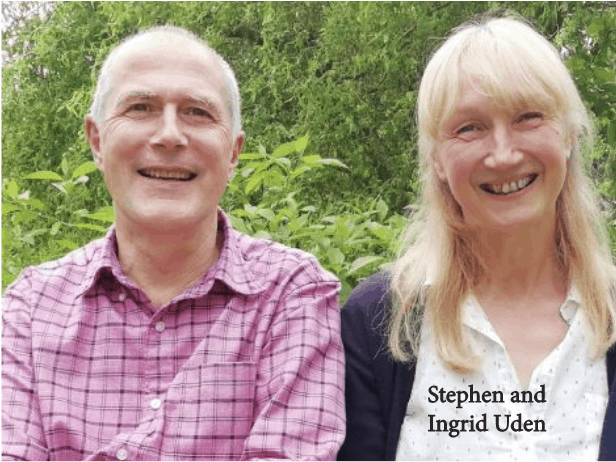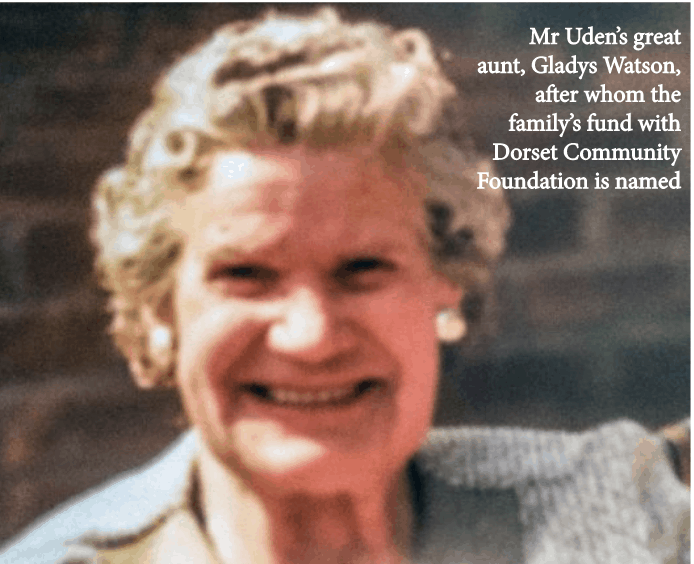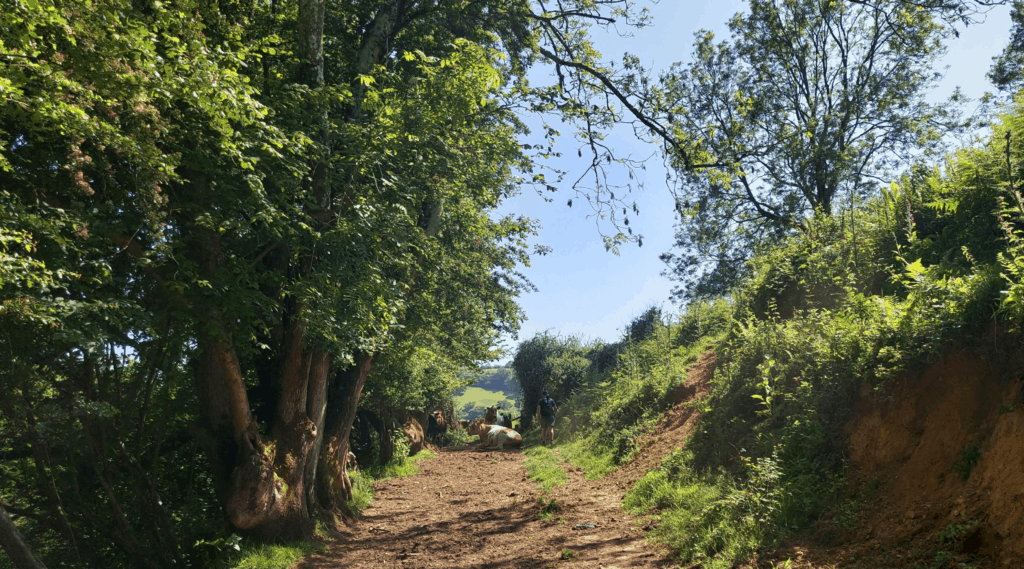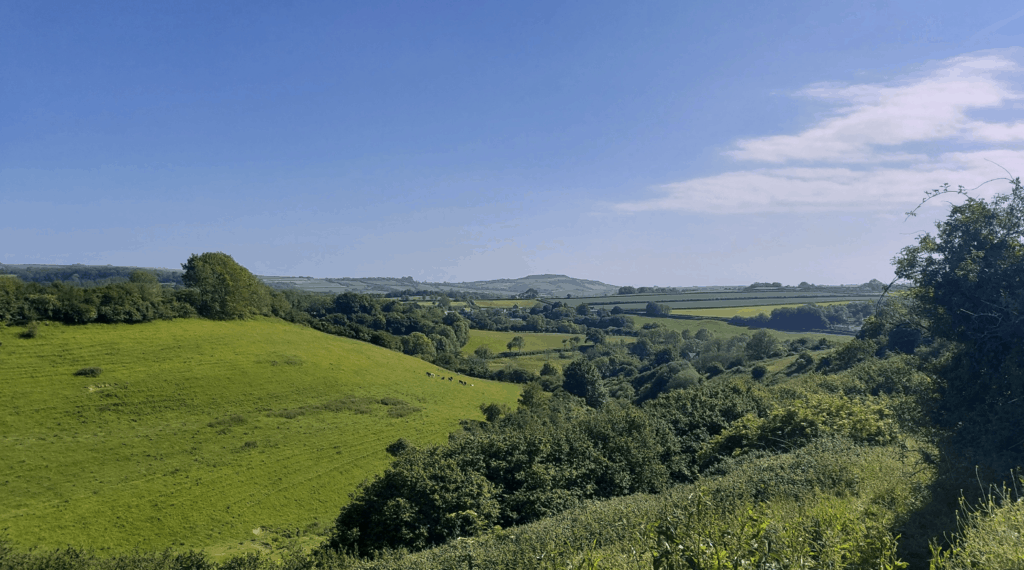Since we were treated to an annular solar eclipse last month on June 10th, and it was of course inevitably mostly cloudy during this celestial event, I thought I’d share one of the glimpses that I managed to get of the eclipse as so many would not have been as fortunate. The moon appeared to bite a chunk out of the Sun beginning at 10:08am and covered a maximum of 25% of the Suns surface at around 11:13am. This image was taken close to the maximum.
What was great about this shot is that I like many, was stuck in the home office on conference calls during the event, so I didn’t really get to see the event with my own eyes. With a bit of forward planning though, I made sure that if there were any break in the cloud I was going to capture an image of it! With a star tracker equatorial mount, in my case the Skywatcher Star Adventurer fitted to a tripod, I set up earlier in the morning and did a rough daytime polar alignment using an app on my phone. I setup my DSLR camera with a 70-200mm telephoto lens using a 10 stop Neutral Density Filter, which is usually used for blurring motion in landscape photography by reducing how much light reaches the camera sensor. In my case though, I used it to help me get a clearer image of the sun itself that wouldn’t be so overexposed. I set the tracker going after pointing at the sun (without looking directly at it!) and then used a device called an intervalometer which kept the camera shooting over the whole event while the tracker helped to keep the sun in frame. By the time my conference call ended the event was nearly over, so I’m grateful that I was still able to obtain some images of this amazing event!
The sky at night this month – July 2021
With the Summer solstice now behind us, the nights will start to draw in, a welcome transition for Astrophotographers!
On July 11th, you’ll find a narrow crescent Moon to the right of brilliant Venus, the so called ‘Morning and Evening star’.
On the 12th July, Venus gets up close and personal to Mars , with the Moon above and Regulus to the left, when they rise in the southeast.
On the 13th July, Venus will be close to Mars. Look right from the Moon to find these two planets, you’ll also see Regulus, the brightest star in the constellation Leo the Lion, this brilliant blue-white star is easily noticeable in the evening sky, just after the sun goes down.
Jupiter reaches opposition on the 14th, look to the southern skies to spot the largest planet in our solar system.
On the 17th July, the waning crescent moon will be in conjunction with Venus shortly after the sun rises, so look for the pair above the eastern horizon before dawn with the red giant star Aldebaran close by.
Mercury is most visible in the third week of the month, in the north east dawn sky, at around 4am as it brightens in magnitude to -1.0.
Saturn reaches opposition on the 20th. Look to the south around midnight, it’ll be a dazzling sight for naked eye observation but a treat through a telescope too.
What is Opposition? During opposition, a planet will on the opposite side of the Earth compared to the sun (configured in an approximately straight line). This means the planets will be roughly at their closest distance to the Earth making them appear slightly larger and brighter. This makes it the best time to spot them.
On the 24th July, Saturn will be visible above the Moon with Jupiter below and on the 25th, the Moon will appear to pass below Jupiter.
Look to the constellation Aquarius on the 28th/29th July to catch the peak of the Delta Aquariids meteor shower. It’s not a very strong shower with a meteor count of 20 meteors per hour, however the waxing gibbous moon will set shortly after midnight which will leave you with darker skies to spot the meteors in the early morning when the radiant will be at its highest. Face south and scan the skies using just your eyes.
By: Rob Nolan RPN Photography


















